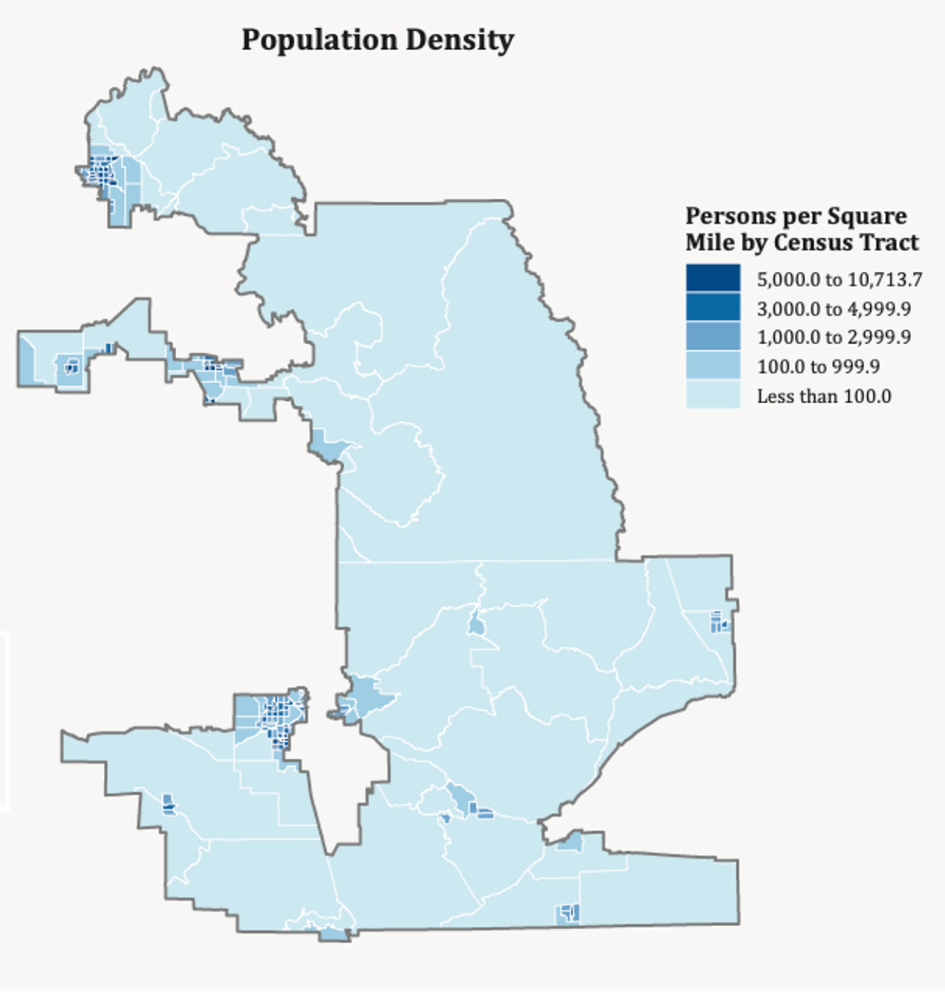

We are in the final stretch of the election season. Ballots will be mailed out to voters on Oct. 7. Even though Election Day isn’t until Nov. 5, once voters receive their ballots they can vote by mailing in their ballots or dropping them off at drop boxes throughout the county or at the Registrar of Voters office at 2221 Kern Street in downtown Fresno.
The general election will have candidates for President/Vice President, the U.S. Senate, the U.S. House of Representatives and the State Assembly, as well as boards of supervisors, city councils, education boards and special districts.
Looking at the shapes of California’s electoral districts (e.g., Congress, State Senate, State Assembly), one might get the idea that the districts are gerrymandered. But that is not the case.
California tries to diminish gerrymandering, which is the political manipulation of electoral district boundaries to create an advantage for one party, a specific group or a socioeconomic class. California uses a non-politician, multi-partisan commission (Citizens Redistricting Commission, or CRC) to draw both Congressional and state legislative district lines.
Every 10 years, after the federal Census, California must redraw the boundaries of its Congressional, State Senate, State Assembly and State Board of Equalization districts to reflect new population data. Those lines are drawn by the 14 members of the CRC.
The members come from varied ethnic backgrounds and geographic locations in the state and include five Democrats, five Republicans and four with any other affiliation.
Why Do Districts Look the Way They Do?
The criteria for the Commission to follow was laid out in the Voters First Act, which appeared as Proposition 11 on the November 2008 ballot. Since passage of the Act, the CRC has been charged with drawing the new boundaries.
The following criteria must be met for each district (see wedrawthelines.ca.gov).
- Districts must be of equal population to comply with the U.S. Constitution.
- Districts must comply with the Voting Rights Act to ensure that minorities have an equal opportunity to elect representatives of their choice.
- Districts must be contiguous so that all parts of the district are connected to each other.
- Districts must respect the boundaries of cities, counties, neighborhoods and communities of interest, and minimize their division, to the extent possible.
- Districts should be geographically compact, that is, have a fairly regular shape.
- Where practicable, each Senate district should comprise two complete and adjacent Assembly districts and Board of Equalization districts shall be composed of 10 complete and adjacent State Senate districts.
- Districts shall not be drawn to favor or discriminate against an incumbent, candidate or political party.
At times, it can be difficult to create competitive districts given all these requirements the CRC has to balance. To comply with all the criteria, the districts sometimes take unusual shapes. As a result, there are misshapen districts and some districts might have more Democrats or Republicans to fulfill such criteria as population, geography and race/ethnicity.

California Congressional District 20. Image courtesy of the U.S. Census Bureau
